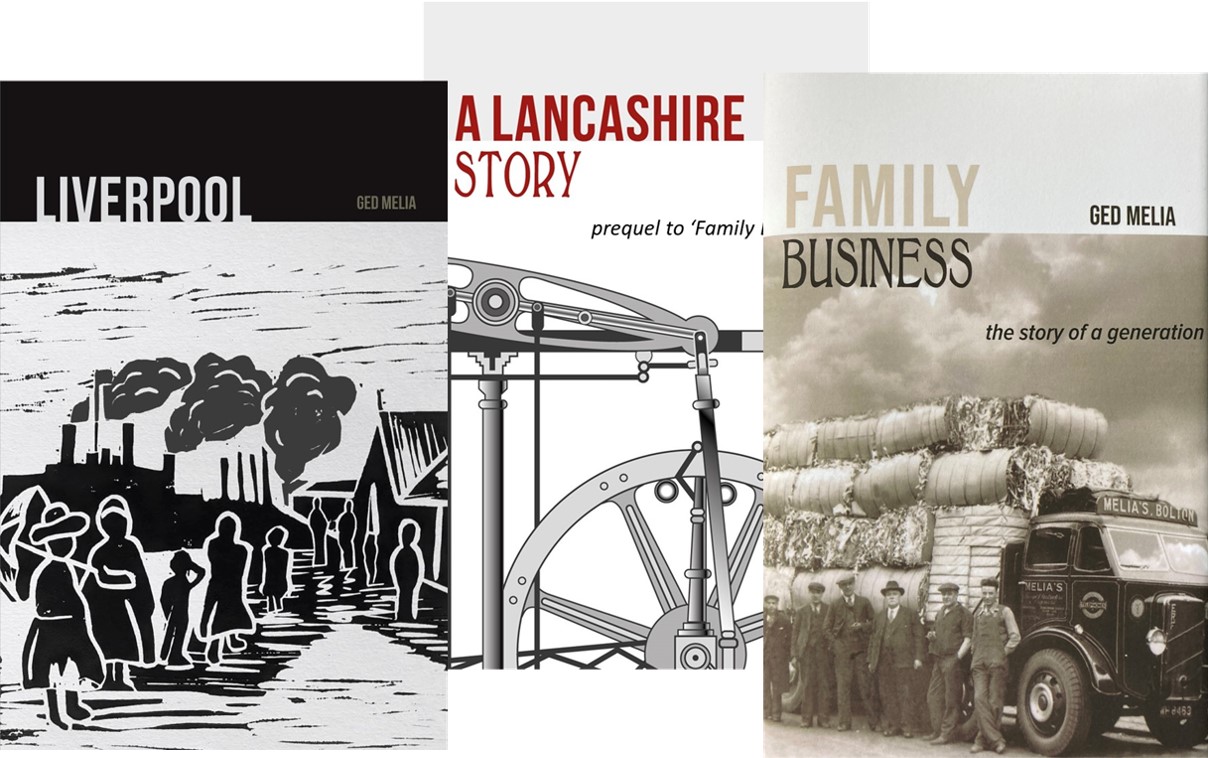Irish Famine (‘An Gorta Mór’ – ‘The Great Hunger’)
An estimated million Irish people died between the years 1845 and 1850, either directly from starvation, or from the diseases associated with poverty, and miserable and unhealthy living conditions. On the face of it the cause was ‘Phytophthora infestans’, a fungus like microorganism that attacks potatoes and tomatoes. Theories abound on how it arrived in Ireland, though the one favoured by many is that it originated in central Mexico, and somehow found its way over to Ireland, perhaps through imported vegetables. It seems to have first appeared as an obvious problem around 1844, but by 1845 it was seen as a major issue.
While it may be true that the blight was a key cause of crop failure, it was not the only cause of mass starvation. Causes of the famine were far more complex than that, with some arguing that these other factors were far more of the issue than the microorganism itself.
The ‘Corn Laws’ played a key part. Although titled ‘corn’, these laws applied to any imported grains or food. In essence they were a set of tariffs imposed as early as 1815, and continuing in place until 1846. They worked well for landowners in that it kept the price of indigenously produced food and grain high, but clearly worked against the rural, and increasingly vociferous, urban poor. As Ireland was an integral part of the UK at the time, they applied across that country as well. Imposition of the Corn Laws exacerbated the food shortages being experienced during the blight years, by encouraging the ‘internal’ export of food from impoverished parts of the country to England, where prices were even higher.
Many landowners in Ireland were classified as ‘absentee’ in the sense that they did not live on their lands, and rarely, if ever, visited. They are accused of being blind to the conditions their tenant farmers were subjected to, but were more than content to generate the maximum possible income from their asset. If rearing cattle or sheep was more profitable than raising crops, then agricultural tenants associated with growing food would be removed; the land cleared for animals. For the landowner it was a simple question of maximising revenue. Similarly, certain taxes were imposed on landowners or tenants, depending on the size of their smallholding. Beyond a certain size and the tenant would bear the cost of these land based taxes, thus it was in the interests of landowners to ensure that the smallest tenants were removed. The landlord did not care. Again, it was an economic judgement. If his cost could be reduced by having a smaller number of larger tenants then the solution was obvious.
Some have argued that the starvation that took place in Ireland in the 1840s, and the associated deaths and emigration, could have been substantially mitigated had the government of the time taken meaningful, and expeditious, steps to help. Had the export of food from Ireland been temporarily halted, that food would have been available, and perhaps at a lower cost. Had the Corn Laws been repealed earlier than they were, then perhaps food prices across the kingdom would have been more affordable. If some sort of protections for small tenant farmers been introduced, and some balance of rights between landlord and tenant been exercised, then it might be that many of the thousands that were evicted stood some chance of survival. The blight may well have remained, but at least some of the people who were impacted by the problems associated with it might have stayed.
Impact on Liverpool
Liverpool was the favoured point of entry for tens of thousands of Irish emigrants. Many planned a better life in America, but thousands of others, probably through circumstance and financial limitations, elected to stay in Liverpool. At the height of the famine, between January 13th and 13th December 1847, over 296,000 people landed in Liverpool (per Rushton, a stipendiary magistrate).
Even a wealthy and rapidly growing city such as Liverpool could not absorb that many people in such a short space of time. The effects of this influx were devastating. For the existing poor there was an immediate impact on wages and competition for work. Labour excesses forced down the cost of labour to almost unsustainable levels. Accommodation standards further deteriorated, and conditions became even more cramped, with one famous example finding 40 people living in a court cellar. The Irish congregated in what were effectively ghettos. Along with increased numbers, death due to disease increased; cholera, typhus, typhoid and all the other diseases associated with extreme poverty.
For the wealthier classes, taxes increased. Rate payers had to pay more as the Poor Law authorities lurched into crisis management mode. With increased costs, antagonism towards these Irish immigrants increased. They were accused of fraud, cheating, keeping animals in the inner city, hard drinking, violence, and mismanaging what income they did have. With respect to the latter, Irish woman in particular were accused of being incompetent managers of their family’s budget.
The late 1840s in Liverpool were difficult times indeed. It would be decades before the effects of the Irish famine fully worked themselves through.


